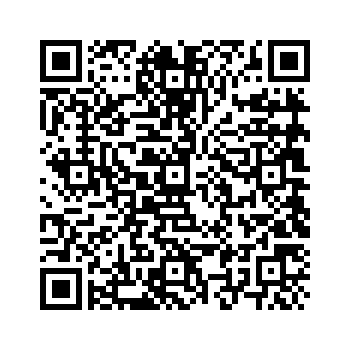I was very pleased to join Lois Brooks at the 3rd Annual Ja-Sakai Conference (translated) hosted by Kumamoto University. The day prior to the conference Ryuichi Matsuba asked me to provide a presentation to his colleagues regarding how Indiana University’s software developments are organized and the various roles that team members play (slides link). I only was able to finish about one half of the presentation due to time constraints, but we did have some good discussion on related topics. I was very happy that Lois Brooks was able to participate in the discussion as she was able to field some of the questions I could not address directly. Thanks Lois!
Afterwards, Professor Makoto Miyazaki of Kumamoto University provided a sneak-peek of his Ja-Sakai presentation (kindly translated into English) detailing their ePortfolio development efforts which include:
- uPortal as the primary landing page for students. This provides the launch points for accessing both of their WebCT CE6 and Sakai 2.6 OSP instances.
- Student artifact submissions via the natural WebCT user interfaces.
- Automated batch transferal of the artifacts over to Sakai OSP Matrix for evaluation.
- A newly developed OSP tool which they call “Notifications” which is a type of dashboard that allows users to easily see pending work and links directly to the tools for completion.
This work is in support of their competency-based curriculum and will be presented at the 2010 Sakai Annual Conference in Denver, Colorado. For more information about Kumamoto University’s portfolio practices, see: http://www.gsis.kumamoto-u.ac.jp/en/gp.
The following day was the conference which started with some very kind opening remarks from Dr. Shin-ichi Abe, Vice President and Trustee Kumamoto University and Dr. Takeshi Mase, Nagoya University Graduate School of Information Science. After the opening remarks, Lois Brooks provided a very nice presentation titled “Technology and Learning”.
Following Lois’ presentation, I delivered “Sakai 3 and the next major web technologies”:
The remainder of the conference was conducted in Japanese, so Lois and I were kindly escorted by Tomomi Nagata and Yuuki Tsunemoto to a vegetarian lunch with twelve different types of tofu and a traditional Japanese tea ceremony at the local Samurai house. We then finished our afternoon at Kumamoto castle before returning to the conference center for the Ja-Sakai reception. Some key takeaways for me from the reception:
- Nagoya University has officially announced their plans to migrate from WebCT to Sakai. The other universities are watching very closely.
- Kansai University, the largest private university in Japan, has adopted Sakai in partnership with a commercial entity (NS Solutions?). Their biggest issue with Sakai is the lack of custom workflows and were very excited to see the work coming out of Sakai 3 to help resolve this issue.
- Learning Java is presenting a problem to Sakai related development and lowering this barrier to entry is an important concern (e.g. think PHP developers). Much of Sakai development is occurring at the edge in Japanese Universities.
- Japan now has at least two commercial partners that are active in the Sakai space.
- Internationalization and localization of both Sakai the software and Sakai the website continue to be a hurdle for Japan.
I would like to convey many special thanks to our very kind and generous hosts from Kumamoto:
- Dr. Ryuichi Matsuba
- Dr. Shin-ichiro Kubota
- Dr. Hiroshi Nakano
- Ms. Tomomi Nagata
- Ms. Yuuki Tsunemoto
PS – Ryuichi Matsuba made good on his promise to Sakai last year and unveiled two new Sakaigers at the conference this year. As you can imagine, the Japanese find the Sakaiger very endearing and kawaii!
PPS – I was a bit overwhelmed at how many QR Codes I saw in Japan – they are everywhere! Maybe what piqued my curiosity the most was the fact that the promotional materials for the conference (both print and web) contained QR codes. I thought I remembered Google starting to promote QR codes with Google maps, and that was indeed correct. I have now equipped my iPhone with a QR reader called QuickMark QR Code Reader and now I am able to read QR codes. I am using the QR Code Generator from the ZXing Project to generate QR codes. It looks like this technology is on the verge of adoption in the US and we should encourage it. Scanning a QR code with your phone sure beats typing a URL on a mobile device! I have also seen these displayed on business cards for a quick way to get a new contact into your address book. Very cool!




